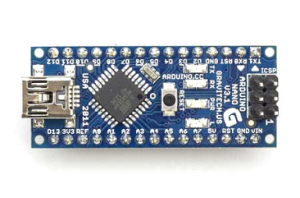Before talking about the Russian ICC, we must know that Russia is the largest country with the most kilometers (more than 20,000) in the world; it has the largest reserves of energy and mineral resources in the world still to be exploited, making it the largest energy superpower, as well as the world’s largest reserve of forest resources, and also has a quarter of the world’s unfrozen water.
From a cyber perspective, Russia is alleged to be the only country to have carried out combined (physical and logical) military action against another country (Georgia, August 2008) or has degraded critical infrastructure of a third party by cyber approach (Estonia, 2007). Their military and intelligence potential in this area is undoubted, as are their “physical” or traditional capabilities. The intelligence services are heavily involved in politics – as it happens, it is public that Vladimir Putin was an agent of the KGB and director of the FSB – or in the public or private sector, and they also maintain close relations – always supposed – with organized crime.
[Read more…]





 Wearables have landed into our life to entertain us, making some actions easy and even to control parts of it.
Wearables have landed into our life to entertain us, making some actions easy and even to control parts of it.